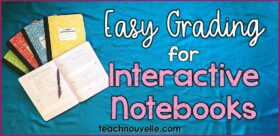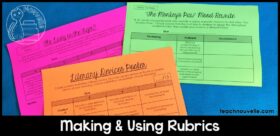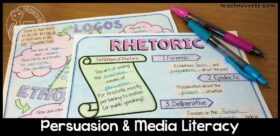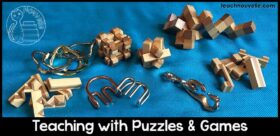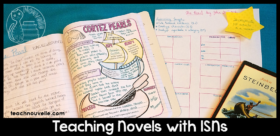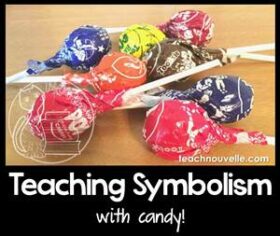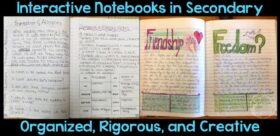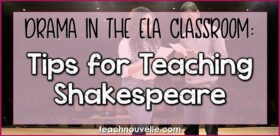
Tips for Teaching Shakespeare
Teaching Shakespeare: Tips & Tricks Teaching Shakespeare can be a tricky prospect, but here are some tips to help you and your students get the most out of your unit. Students have very different reactions to Shakespeare based on their experiences and expectations. I want to advocate for teaching Shakespeare through performance, and I’ll be talking more about that in the next few weeks. Today, I want to talk about how to approach an unmarked script. If you give students any script outside of their literature anthology (like a play from my Shakespeare in 30 collection, for example), it’s likely going to be unmarked. This means that there likely won’t be any direction for staging or voice. This is one of the joys and challenges of teaching Shakespeare: it’s so versatile! Here

